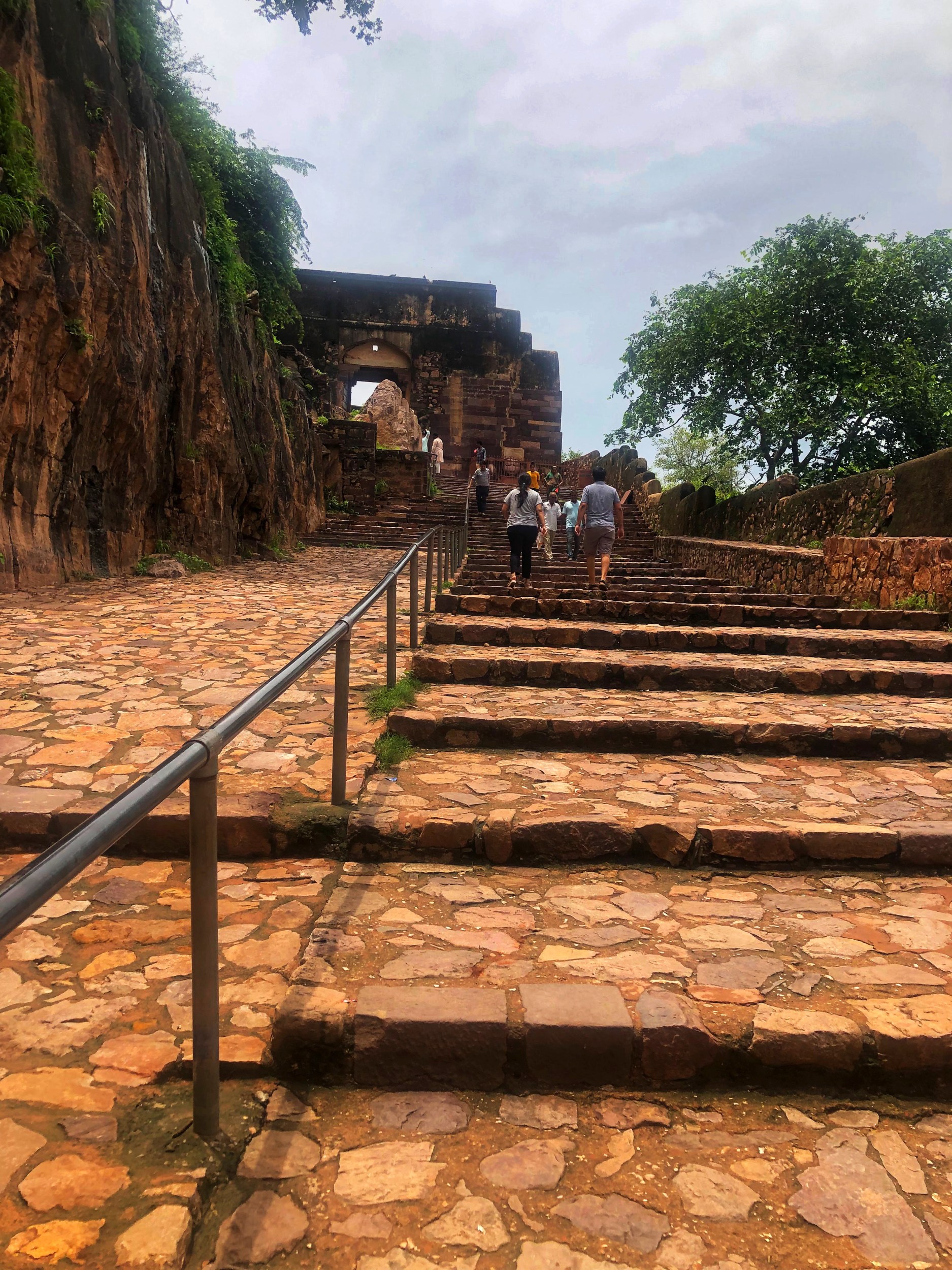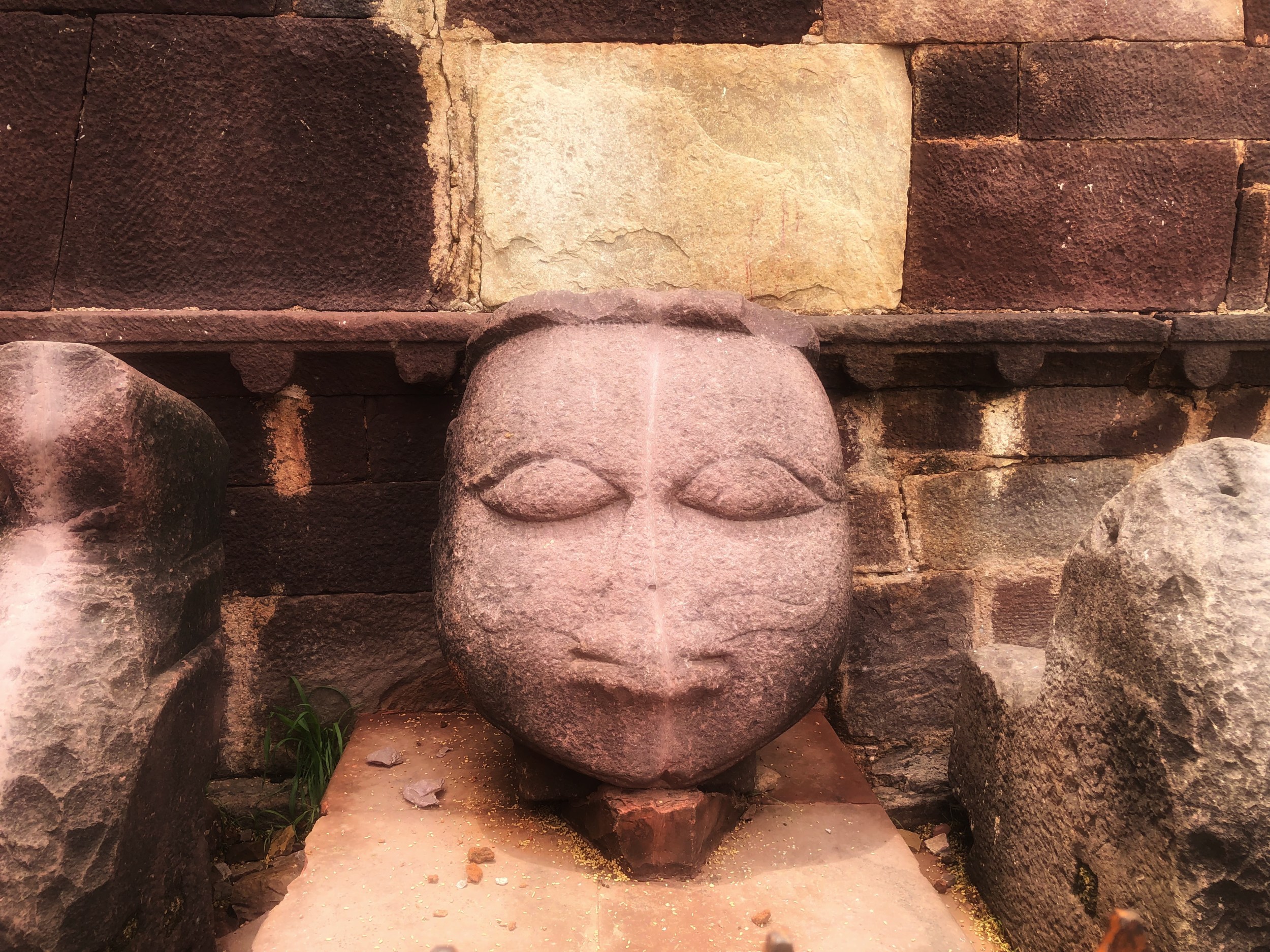When you think of Rajasthan, it’s natural to think about delicious food, warm locals and stunning forts.
Wherever you go in Rajasthan, there’s a fort waiting for you, ready to tell you stories of previous centuries, of Kings, Queens & royal staff who once lived inside these forts, of soldiers and commanders who fought to protect these forts, and of enemy who waged wars to win these forts.
Some of these forts are gigantic and shine from a distance. You can’t miss these, and adjust your itineraries to accommodate a visit (or many in my case 😇) to these towering forts. And others are not so popular, not that frequently visited and are practically in ruins. Even then, these not-so-popular forts stand tall, proud and remain ever ready to talk about the old times. All you have to do is to visit with an open mind and a generous heart! At least, that’s what I learnt in my recent trip to Ranthambore Fort, part of hill forts of Rajasthan that gained World UNESCO Heritage Site status not so long ago.



Ranthambore Fort: Beautiful, Old, and Huge
Built in the 8th century, Ranthambore fort got passed on from one ruler to another. And layers kept getting added to it: new extensions, doors, temples/ places of worship and even a Jauhar Kund. Seasons changed and so did the times. Around Independence, the area nearby the fort was often used as hunting grounds for the royal family. Today, part of this area belongs to Ranthambore Tiger Reserve where Tigers roam freely and independently, and the other part belongs to Ranthambore fort.



We visited the fort during monsoons. So it was much more Green than I had imagined it to be. I saw many sources of water overflowing en route. Rains, sources of water and bright Green shades around me didn’t let me believe that I am in Rajasthan. But I was. Our cabbie dropped us at the entrance gate from where we had to take some 250-300 stairs to reach the fort premises. As it’s situated at a height, you get enough Sun on your way up. You would want to catch your breath as you finish the entrance hurdle. But then, as you do that, a bunch of people will offer you the guide services and entice you with many ‘Did You Know…comments’: Did you know how the fort got its name? Did you know why this is called Ranthambore and not something else? Did you know which king ruled this fort? And stuff like this. I am an advocate of giving employment to locals. So do hire a guide by all means. Just know that the tour would end within 30-45 mins. So, pay accordingly.
Take your time to explore the fort and check out all the seven-eight gates, each named uniquely. There are places of worship inside the fort; revered by followers of Jainism and Hinduism. Hence, you would see many locals inside the fort over the weekend, who have come to pray, bribe or threaten the Gods.
The usual human deal! We come and go and during that blip of an existence in the overall cosmic scheme of things. But we often mislead ourselves into thinking that we will make a dent in this giant universe. And when we can’t seem to do that, we resort to our human tactics to manipulate situations, people and Gods. While I can’t comment on the first two, but Gods remain mysterious. They usually don’t respond to threats or bribes and work according to their own time schedules. But more on this subject later!
By the way, there’s a Ganesha temple inside the fort where the deity has three eyes. 🙂 Not that the Gods need more eyes. They can see everything anyway. But then, the locals really attach way too much significance with the temple. The priests organise regular Aartis five times a day. Do not forget to visit the temple on your visit to the fort.



Towards the right of the temple, if you climb the stairs, you will reach the parapet that runs along the boundary of fort. There are several window-like openings that offer panoramic views of Thambore hills and adjoining area of Ranthambore Tiger Reserve. Spend some time here. Talk to the hills. Or just simply shout out your names into the ether. Yeah, it echoes! 🙂


Travel Tips:
1. Best time to visit: Monsoons for sure (July – October)
2. Essentials to carry: a water bottle, sun screen, hats/ caps, sunglasses and a face towel
3. Dress tips: this place feels like a furnace during April – June and quite uncomfortable all year round. So don’t wear anything that will test your tolerance. Instead dress in loose clothes so that you can sweat easily.
4. Don’t litter pls. Just breaks my heart when I see people throwing away empty packets of chips, chocolates or bottles of cold drinks. Don’t do that pls! This is World UNESCO heritage site. It’s quite a deal worldwide. And had this place been in Europe or America, they would have preserved it exceptionally well. The least we can do is – not litter.